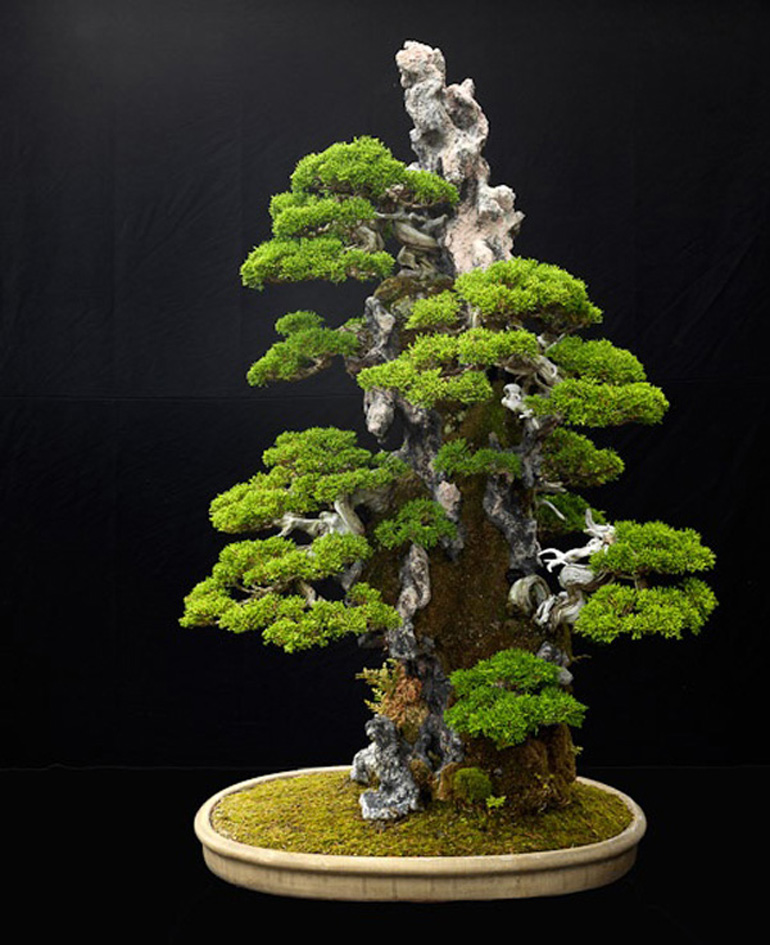 We've shown this brilliant bonsai before, but a planting this perfect deserves another shot. The photo is attributed, but to the photographer (Jonathan Singer) rather than the bonsai artist. We can use it anyway, because it's easy to recognize as a rather famous root-on-rock planting that belongs to Masahiko Kimura (aka The Magician), a man who revolutionized the world of bonsai. The trees are Shimpaku junipers (with a what looks like a small azalea near the bottom). The photo originally appeared in Fine Bonsai, Art and Nature.
We've shown this brilliant bonsai before, but a planting this perfect deserves another shot. The photo is attributed, but to the photographer (Jonathan Singer) rather than the bonsai artist. We can use it anyway, because it's easy to recognize as a rather famous root-on-rock planting that belongs to Masahiko Kimura (aka The Magician), a man who revolutionized the world of bonsai. The trees are Shimpaku junipers (with a what looks like a small azalea near the bottom). The photo originally appeared in Fine Bonsai, Art and Nature.
If you spend anytime looking at bonsai on places like facebook or pinterest, it’s easy to tell that many people, if not most people, don’t care about attribution.
Without going into a rant about laziness and irresponsibility (or even willful deception), let’s just say that there is at least one group of people who have a very good reason to care about attribution. This group consists of bonsai artists who are trying to make a living selling their bonsai and otherwise practicing the art of bonsai.
If your livelihood depended on people learning about you and your bonsai, how would you like to see a photo of one of your bonsai without your name next to it and with no links for anyone to find out whose bonsai it is? Or worse, how would you like someone else’s name next to it ? (This is very common on facebook.)
I’ve been using facebook as a photo source for years and have in almost all instances, used only photo’s that are accompanied by the artist’s name. Today, I’ve decided to give Pinterest photos a try. And sure enough, most photos on Pinterest, just like many photos on facebook, are not attributed to the artist. In fact, Pinterest is much worse than facebook when it comes to attribution (there is a link to the person who ‘pinned’ the photo).
The solution remains the same; continue to use only photos that are attributed or photos that are easy to track down. So here are a few Pinterest photos that qualify and that I like.
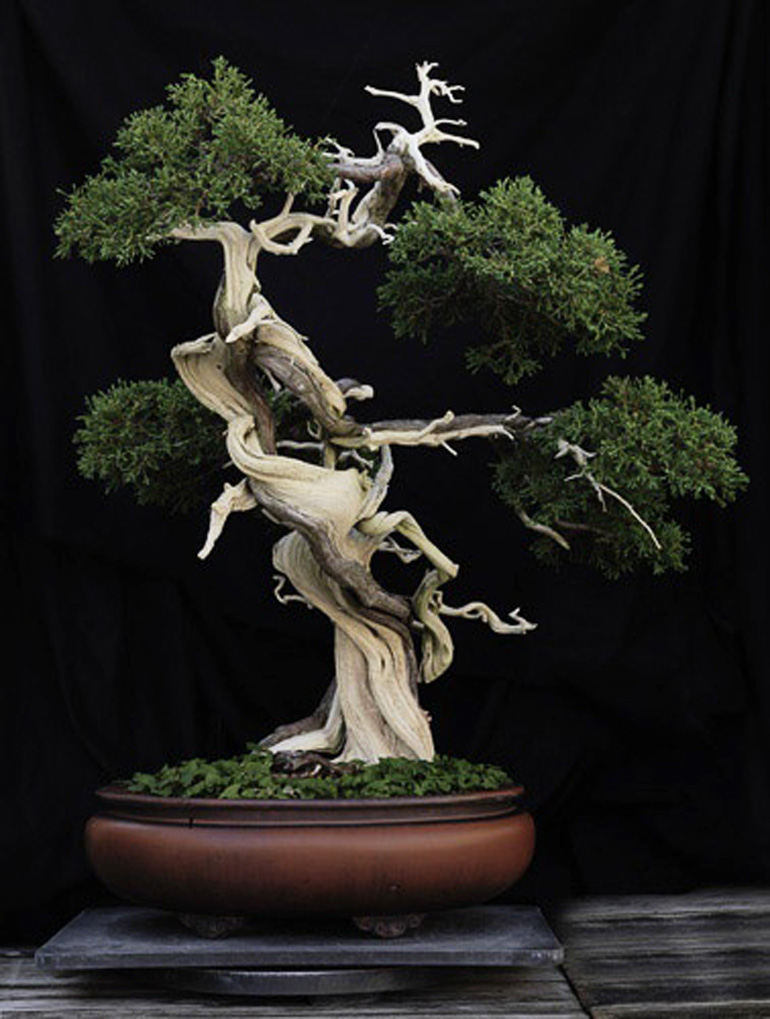
Just like the tree above, this one has the photographer's name (Jonathan Singer from Fine Bonsai again) but not the artist's. Also like the tree above, it's recognizable. It was originally collected and styled by Kenichi Oguchi, who donated it to the U.S. National Bonsai and Penjing Museum. The tree is a Itoigawa shimpaku juniper.

Another Shimpaku juniper. This one belongs to Wolfgang Putz. From Pinterest. It doesn't say who the photogarpher is, but the background might suggest another Jonathan Singer photo.

This usual planting (variety unknown to me) is attributed to Minh Hanh on Pinterest. At least I think the claim is that it belongs to Minh. Sometimes it's hard to tell.
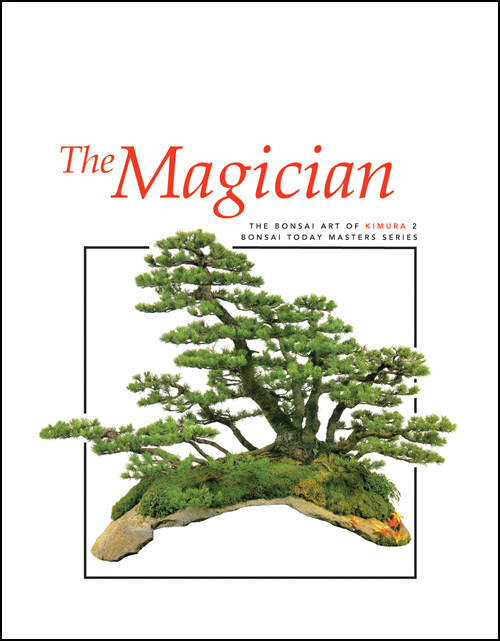
The lead tree in this post belongs to The Magician, Masahiko Kimura. If you like it, you'll like this mind-bending, ground-breaking book.
Bonsai on the plaza. What could be better, sidewalk cafes, old world architecture and bonsai? All the photos in this post are from Barbazza Bonsai in Treviso, Italy.
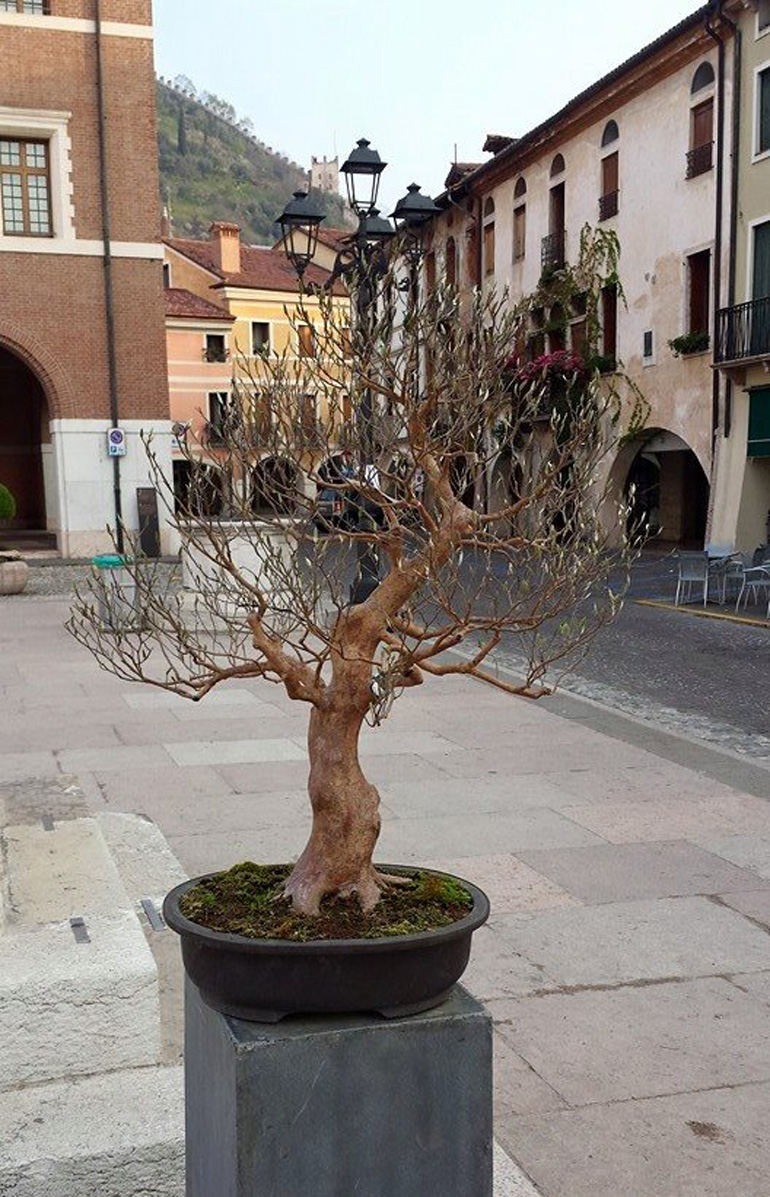
And then there are the ubiquitous men on horses with their grey-green patina (and pigeon droppings) contrasted with brilliant fall colored bonsai.
Trident maple in fall color. Looks like a Shohin size.

One more plaza shot (with other common features in the background).

 Another excellent pot-tree match on this gnarly old literati European black pine.
Another excellent pot-tree match on this gnarly old literati European black pine.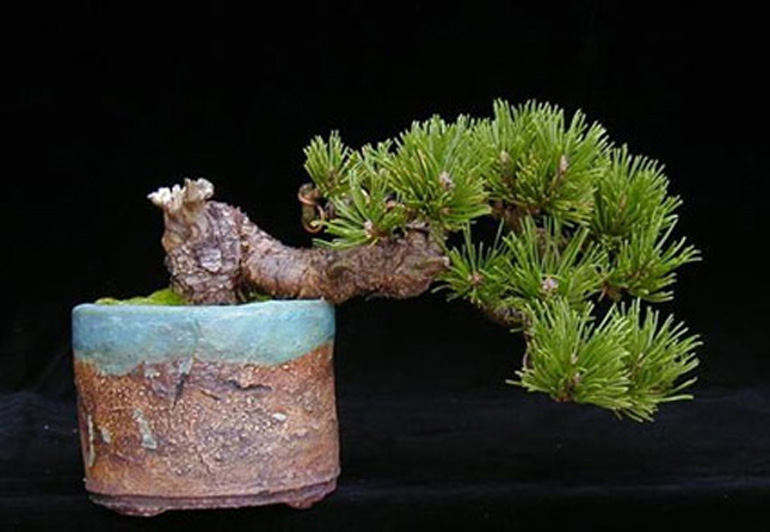

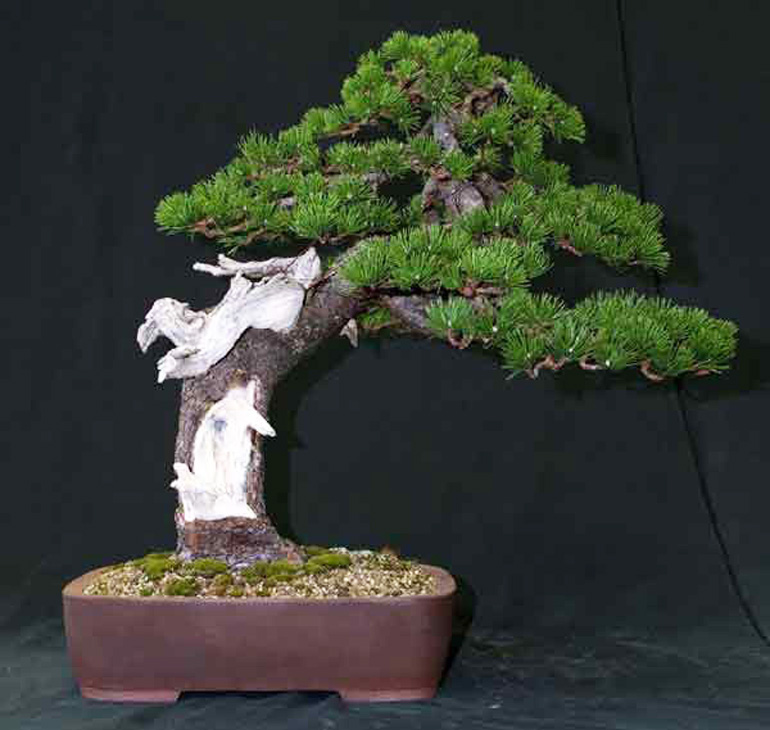
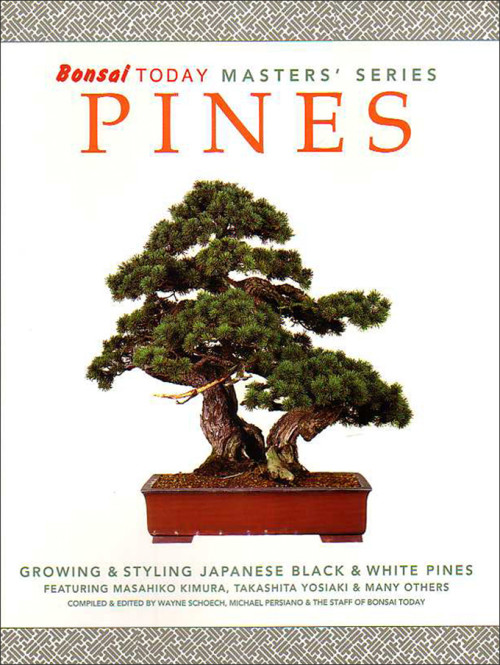 Our classic
Our classic 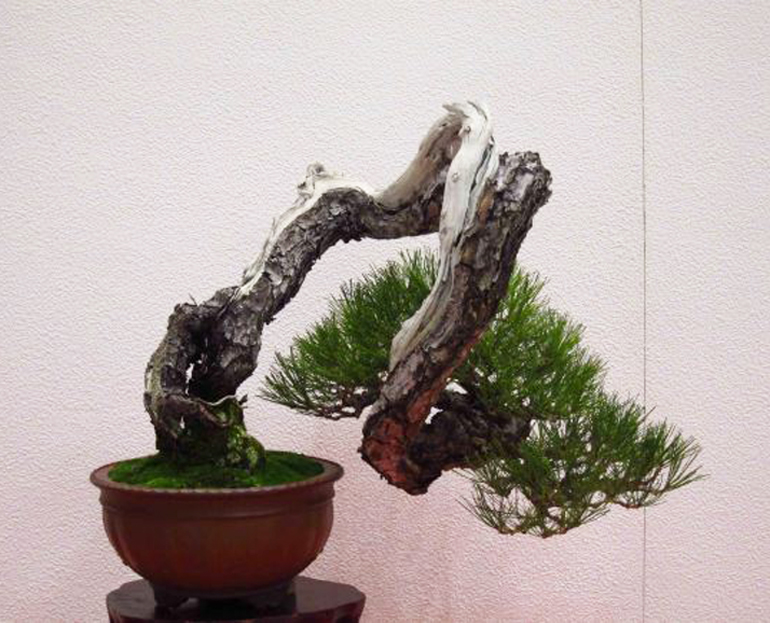 You may remember this tree, but maybe...
You may remember this tree, but maybe...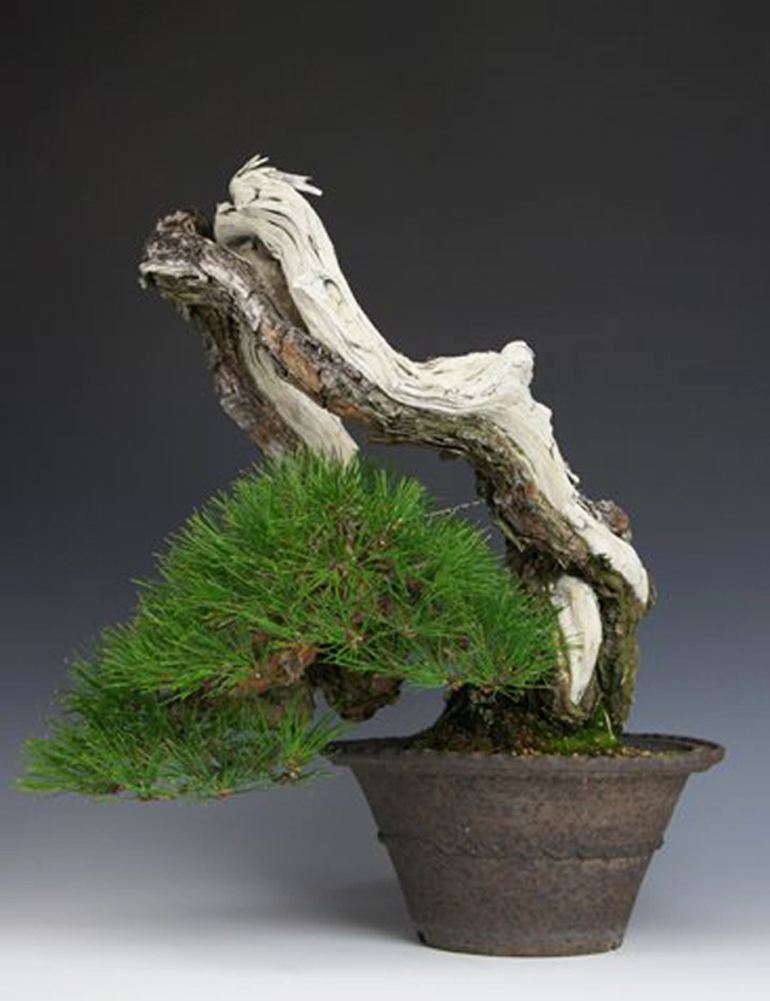
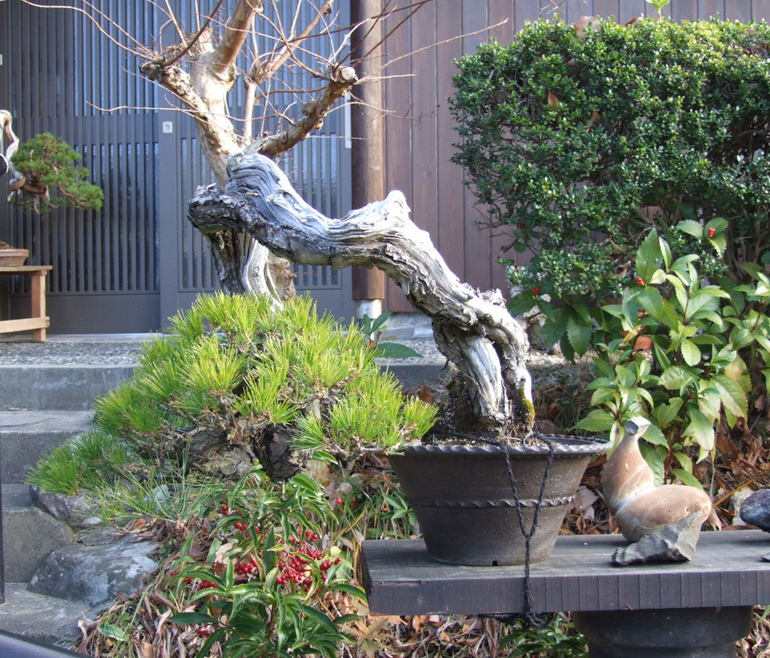
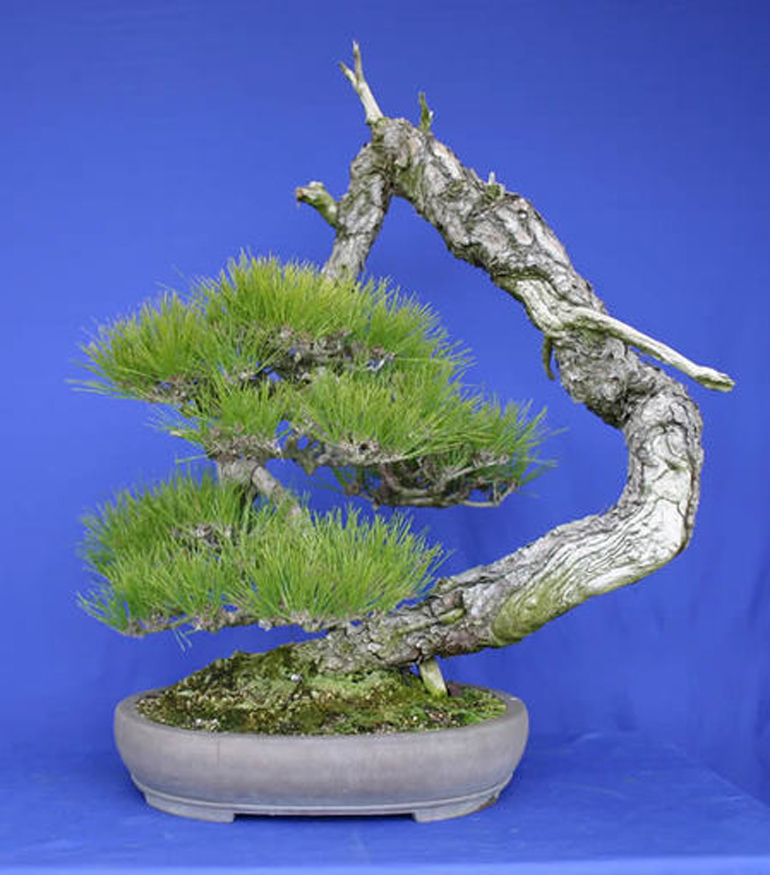
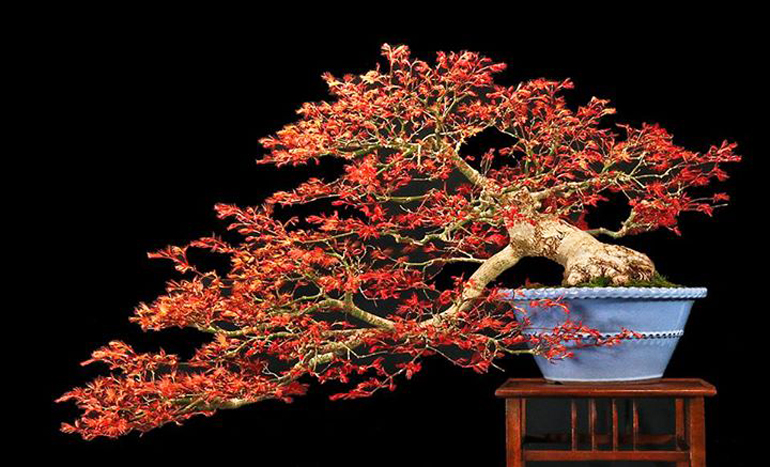
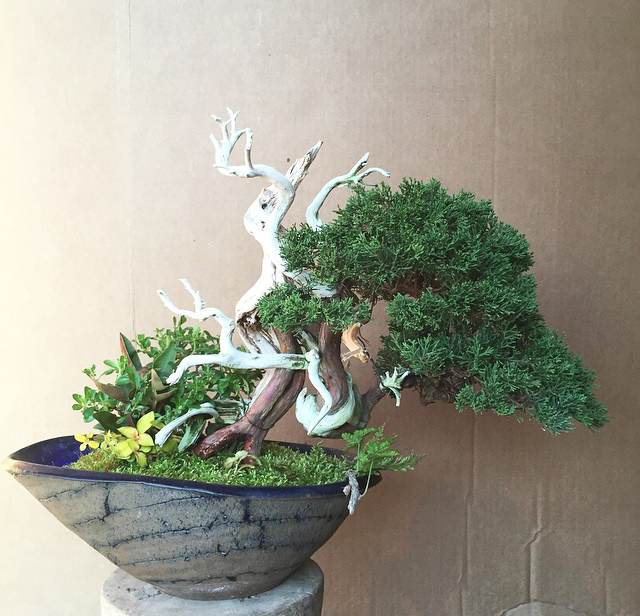

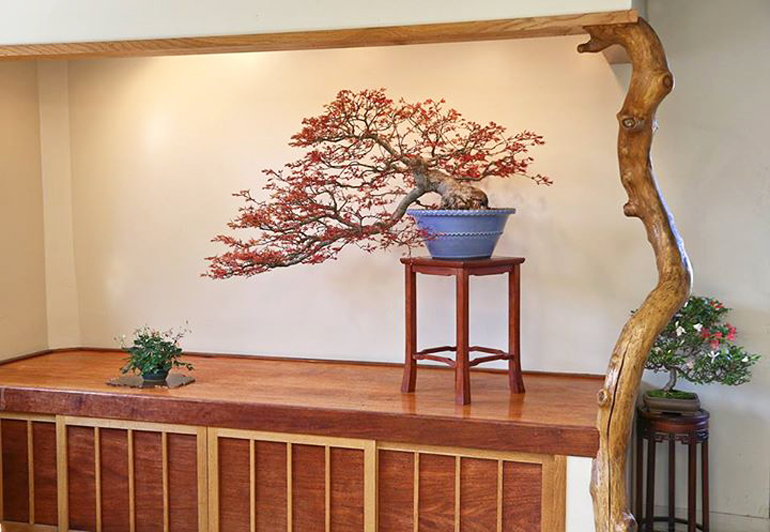
 Robert Steven famous bonsai book,
Robert Steven famous bonsai book, 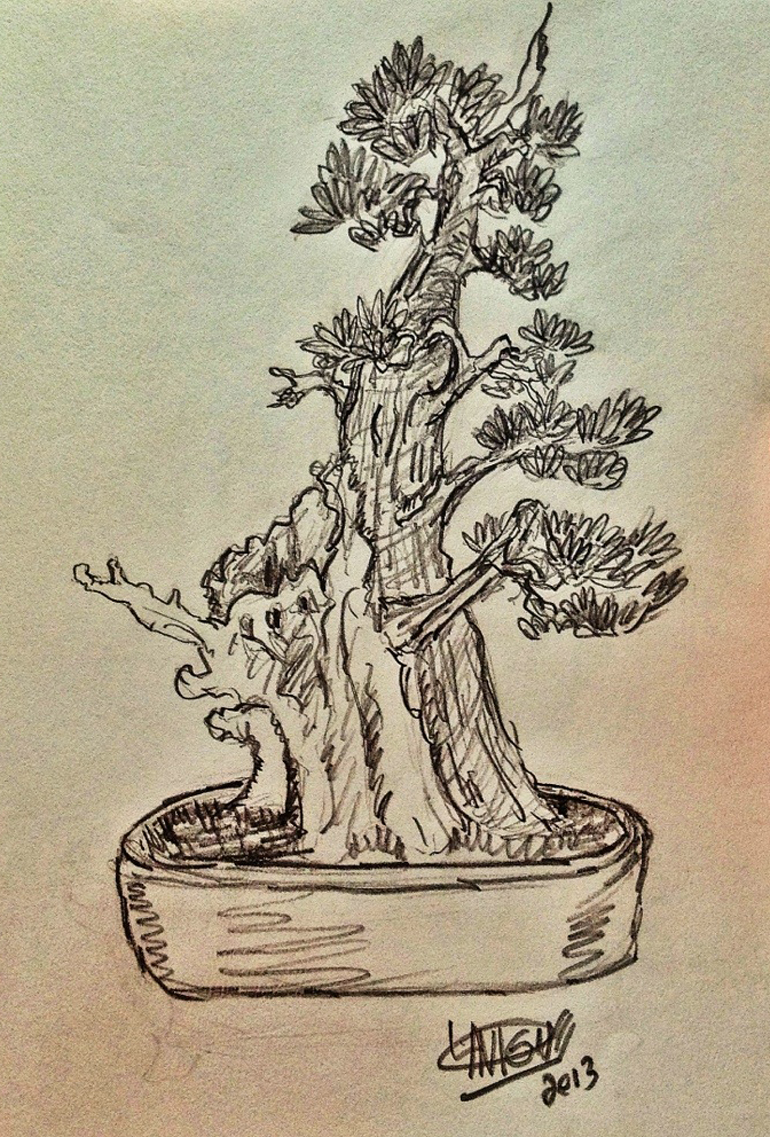
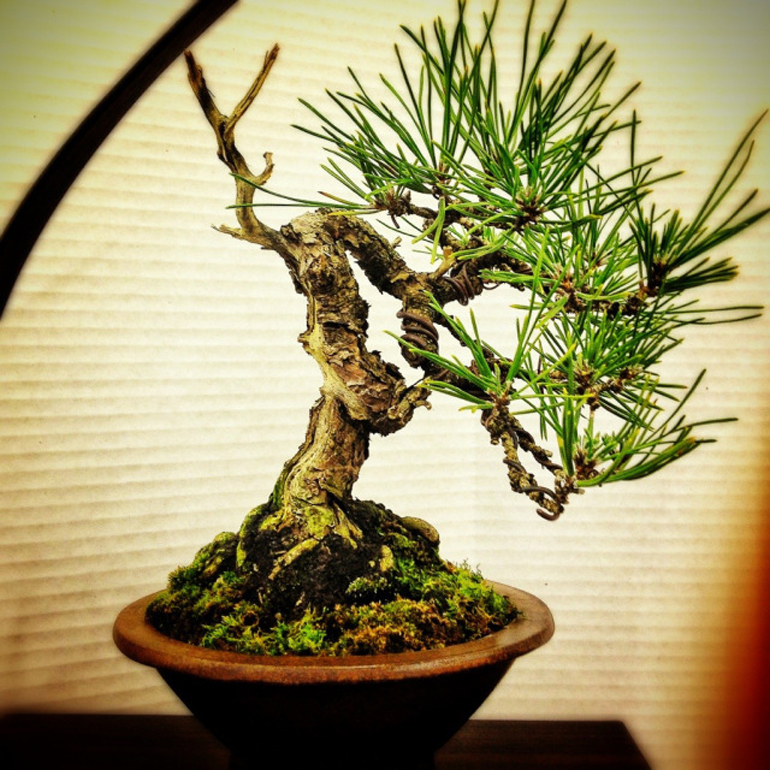
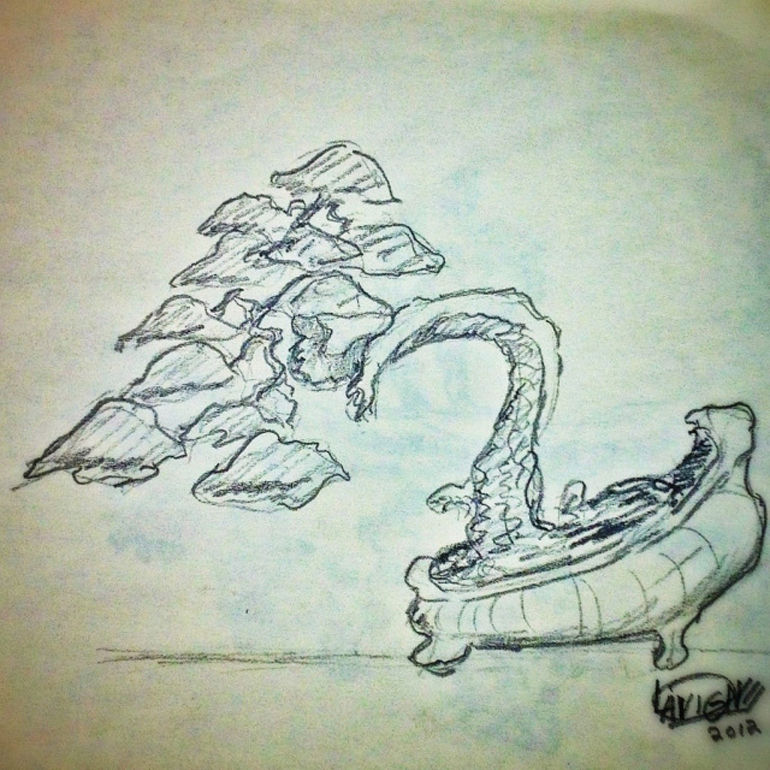
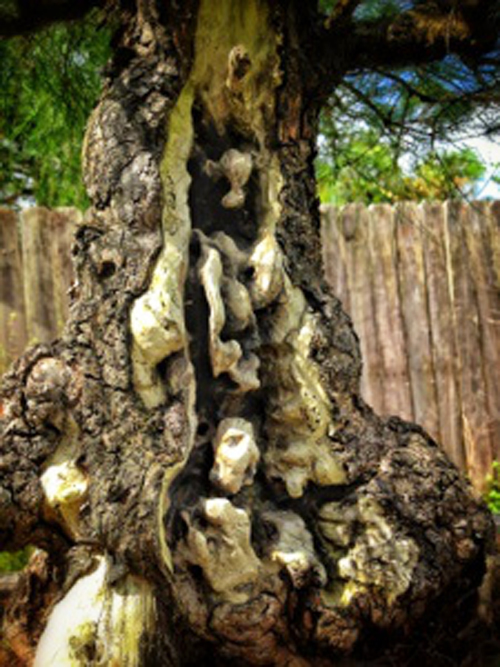
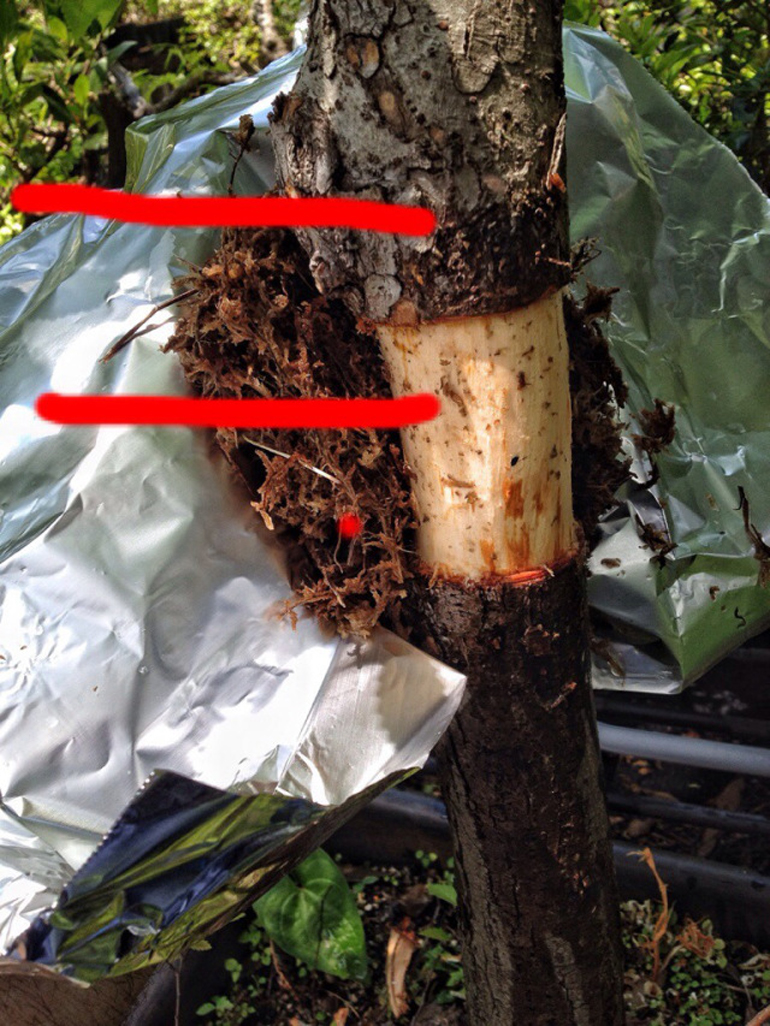

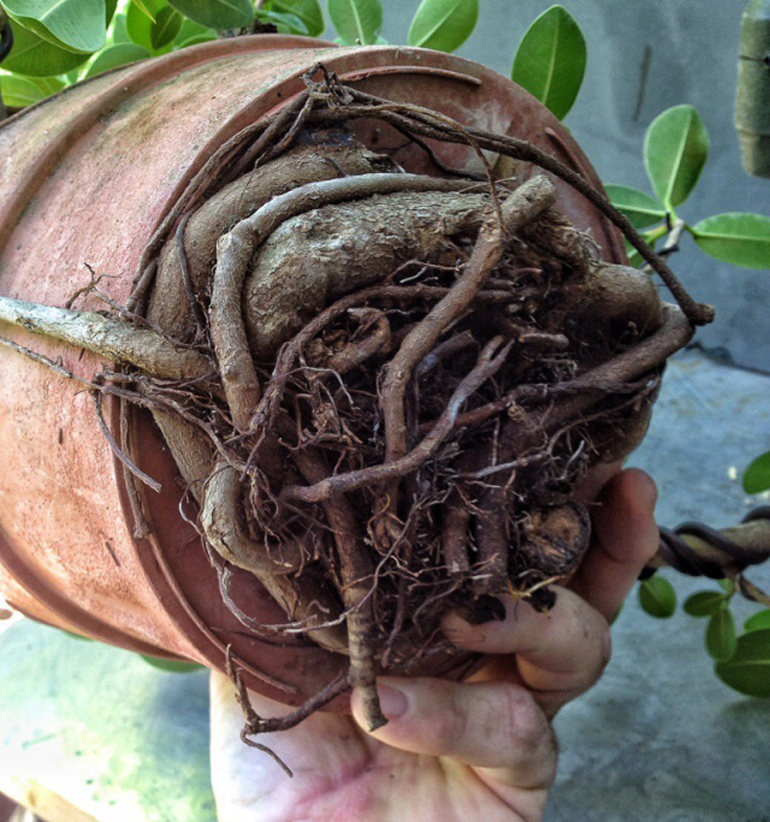 The advantage and disadvantage of living in a hot wet climate. It's from a post titled "
The advantage and disadvantage of living in a hot wet climate. It's from a post titled "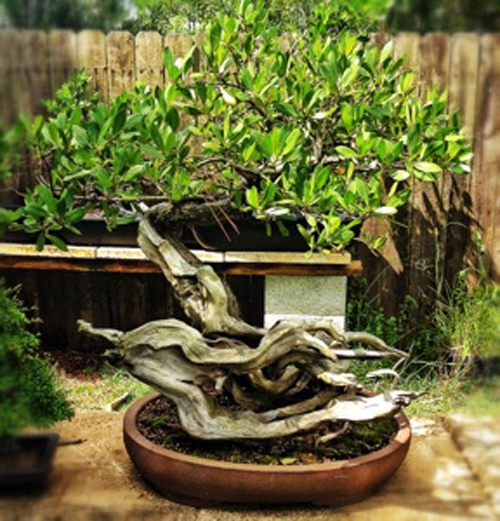
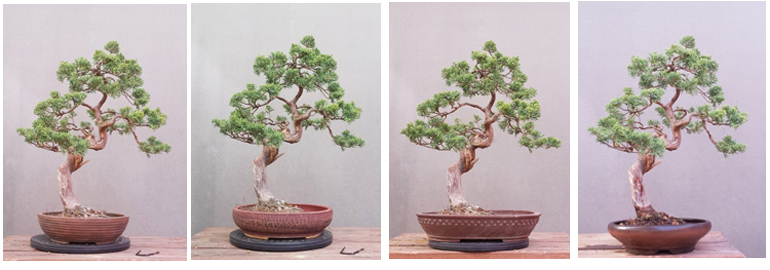
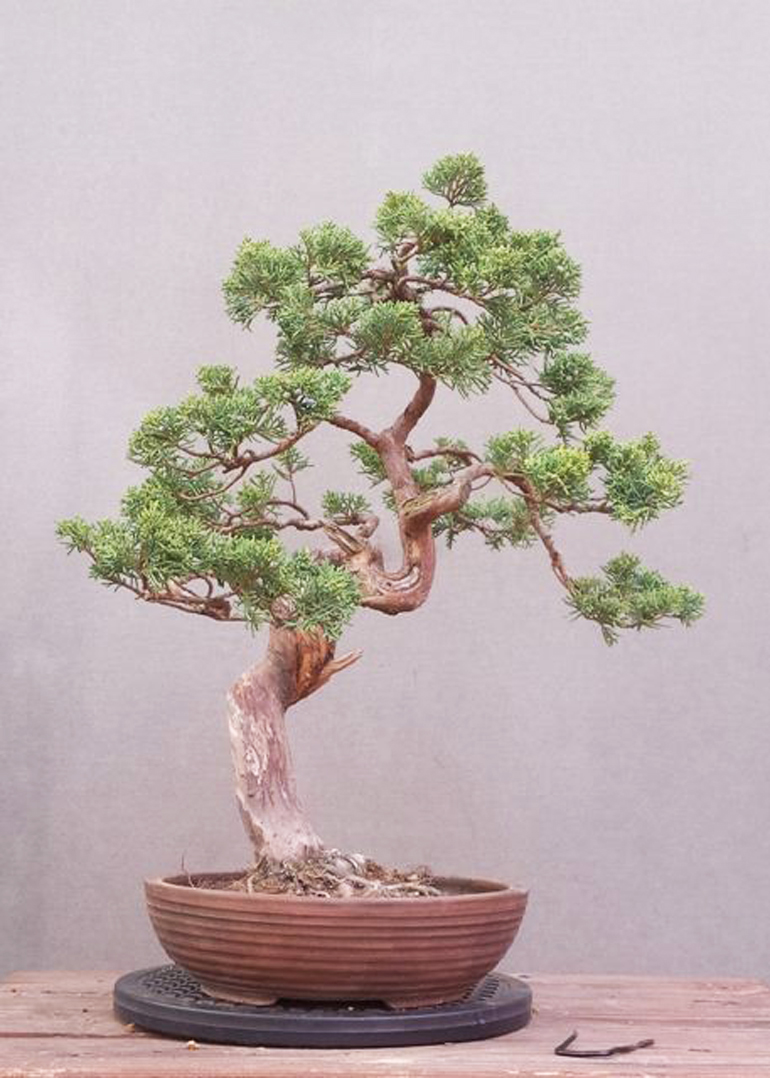
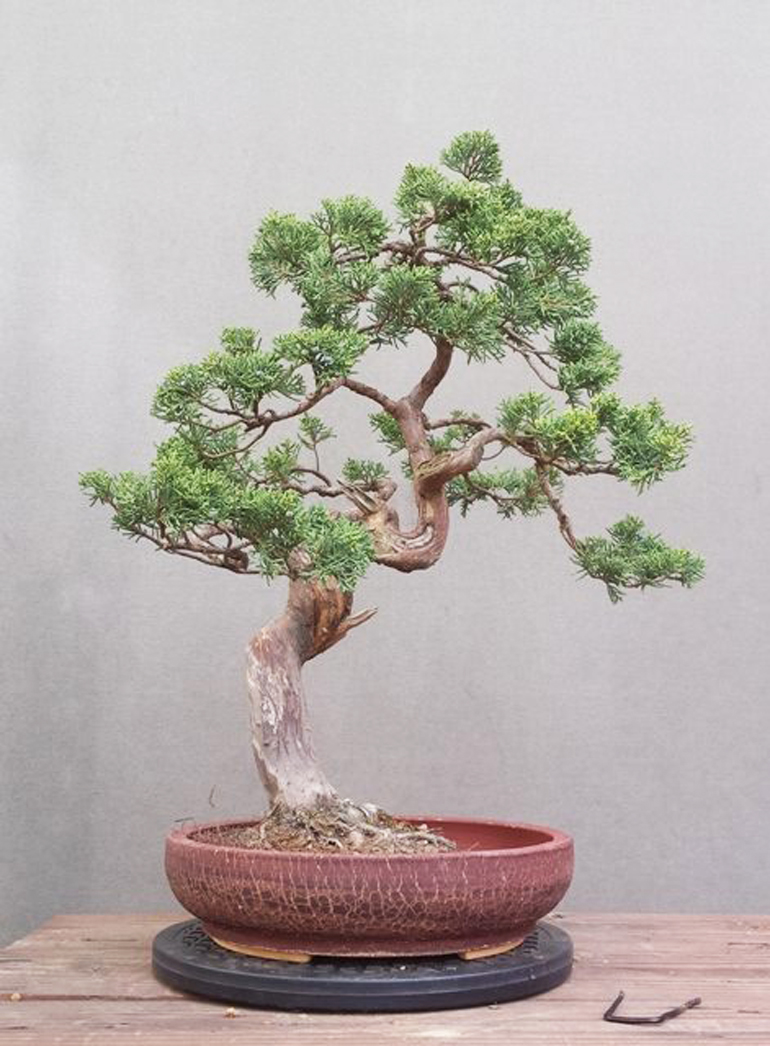
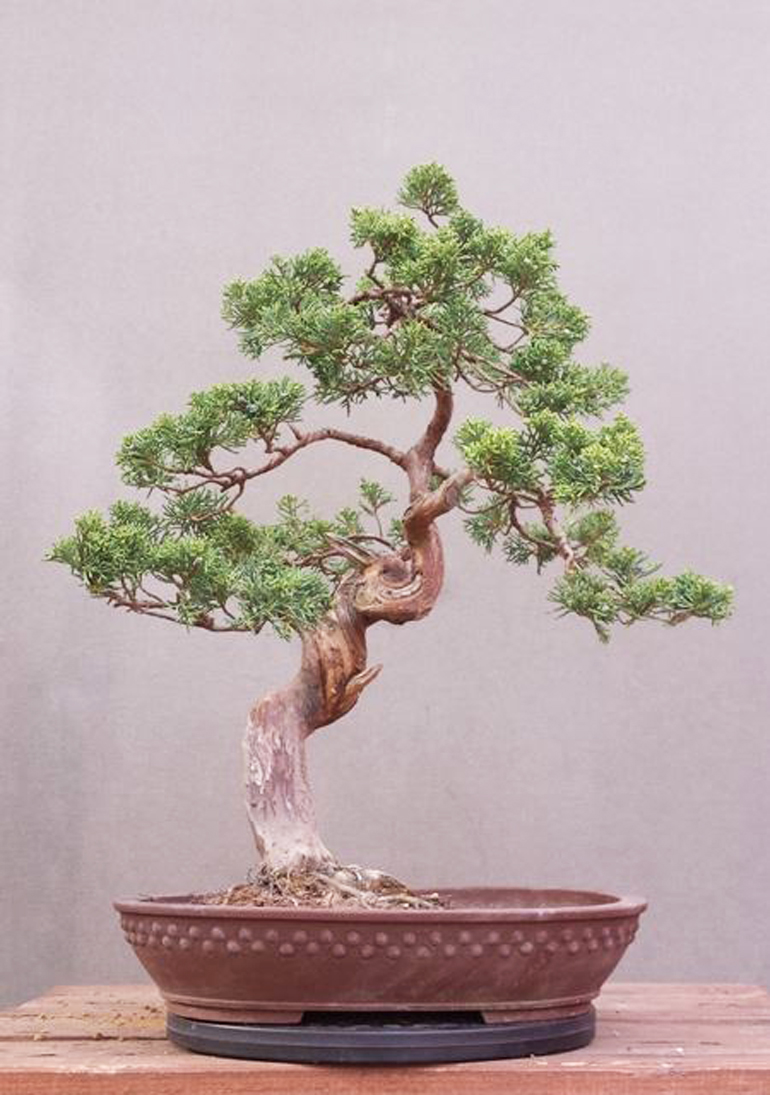
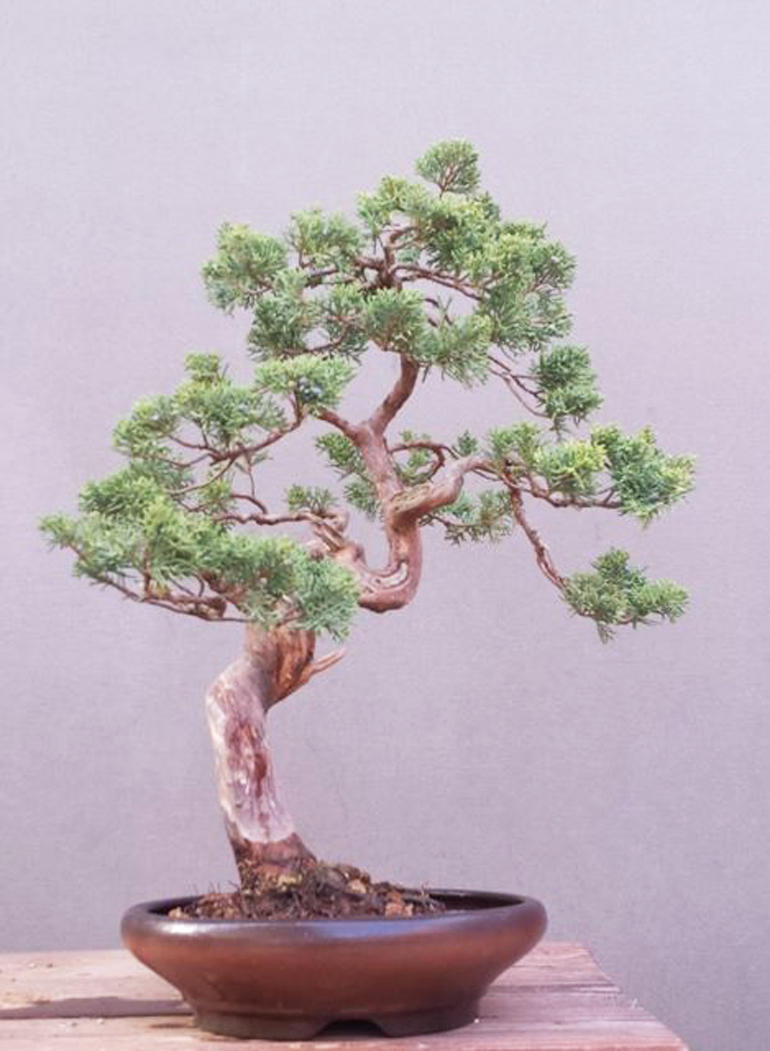

 An exquisite
An exquisite 

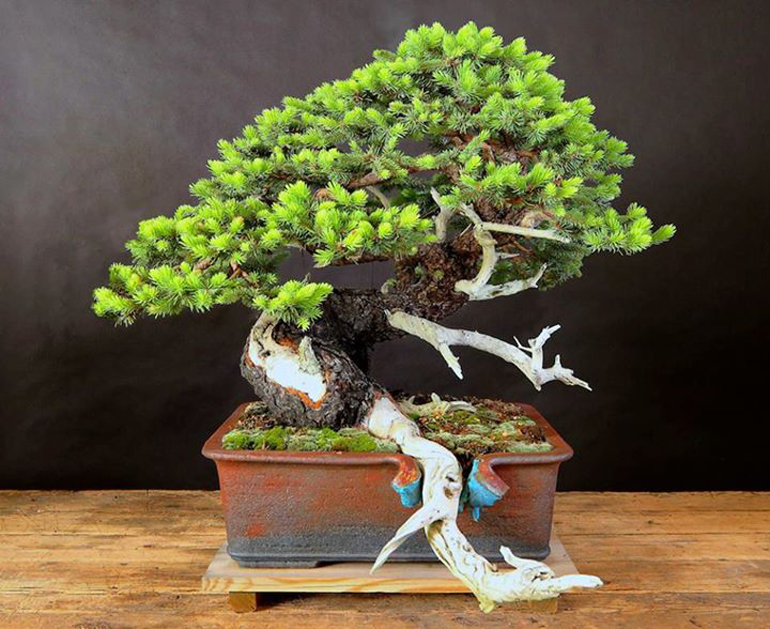
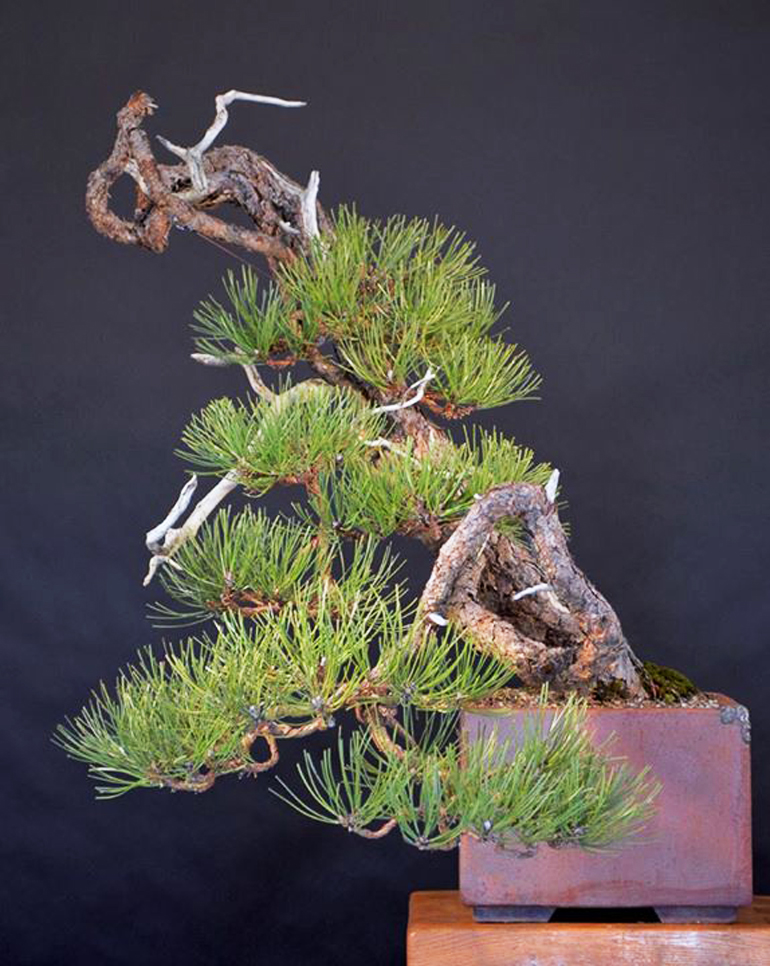



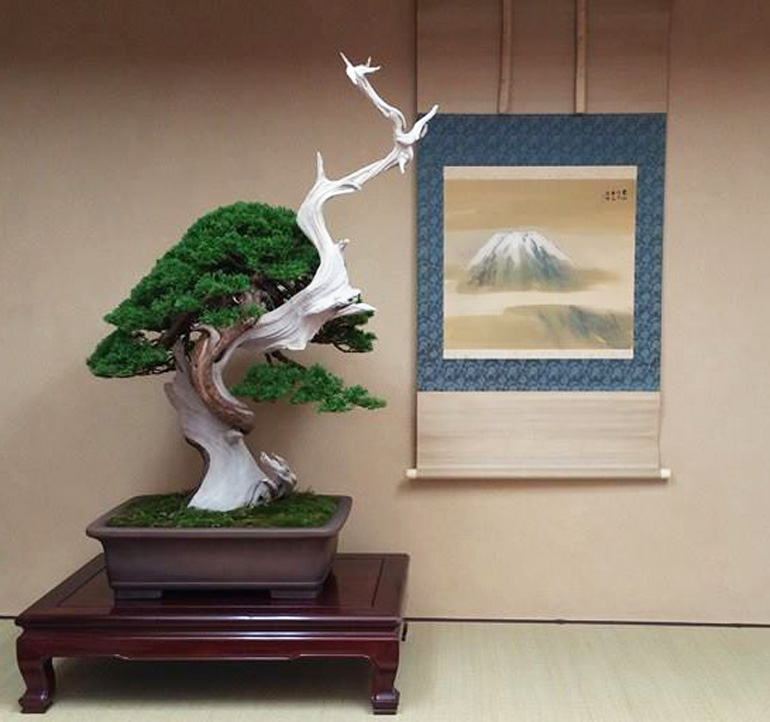 2015. Not only is
2015. Not only is 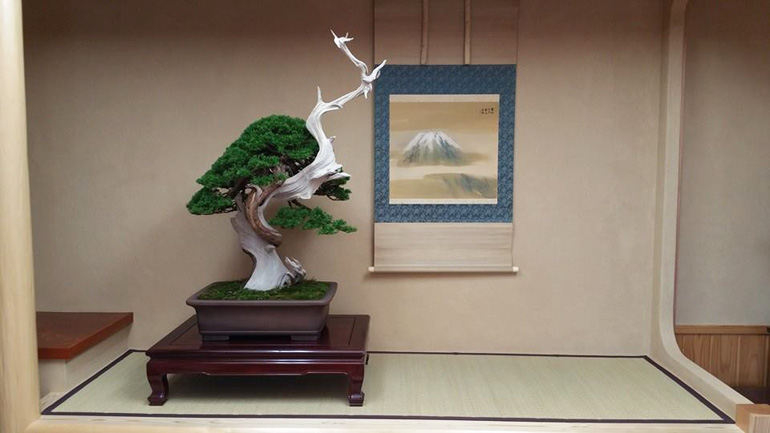
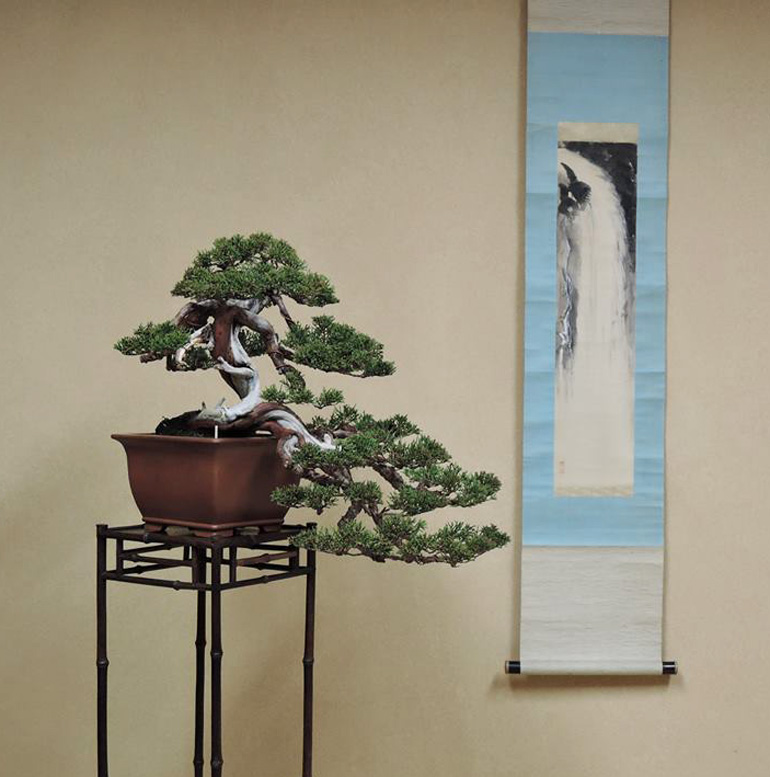 A cascading bonsai and some cascading water. Not a bad match.
A cascading bonsai and some cascading water. Not a bad match.
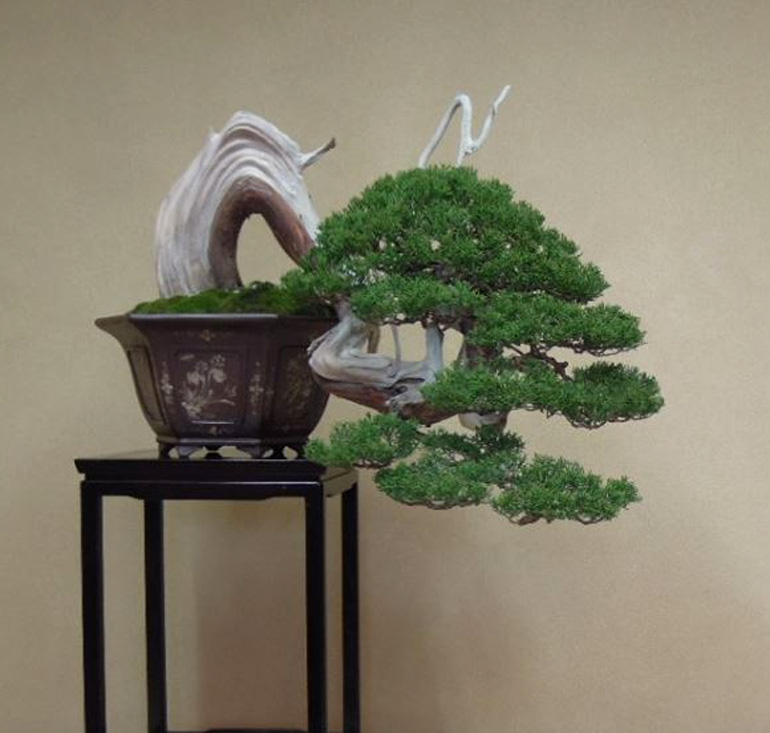

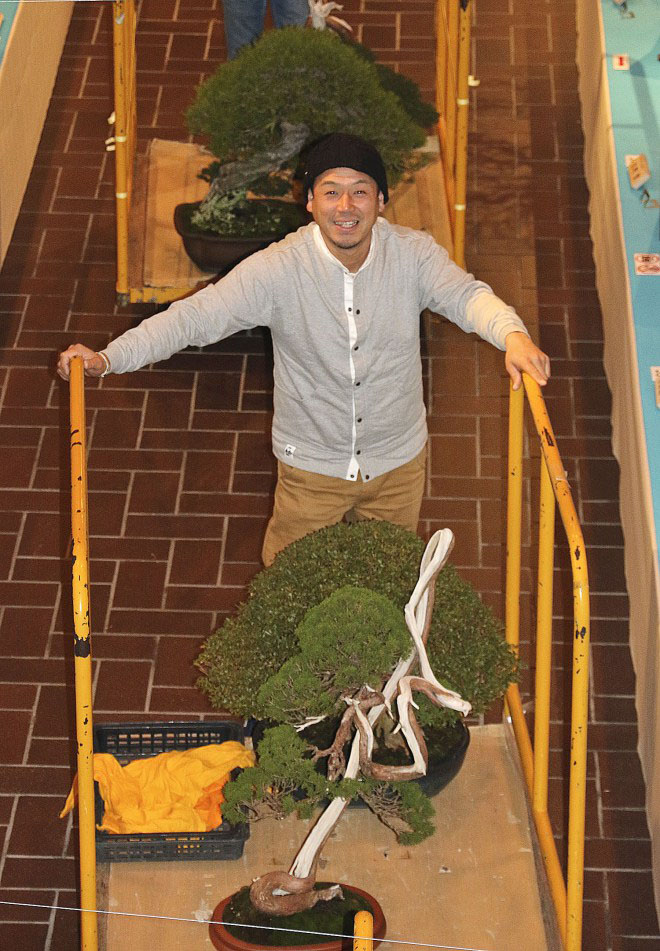
 We've shown this brilliant bonsai before, but a planting this perfect deserves another shot. The photo is attributed, but to the photographer (Jonathan Singer) rather than the bonsai artist. We can use it anyway, because it's easy to recognize as a rather famous root-on-rock planting that belongs to Masahiko Kimura (aka
We've shown this brilliant bonsai before, but a planting this perfect deserves another shot. The photo is attributed, but to the photographer (Jonathan Singer) rather than the bonsai artist. We can use it anyway, because it's easy to recognize as a rather famous root-on-rock planting that belongs to Masahiko Kimura (aka 


